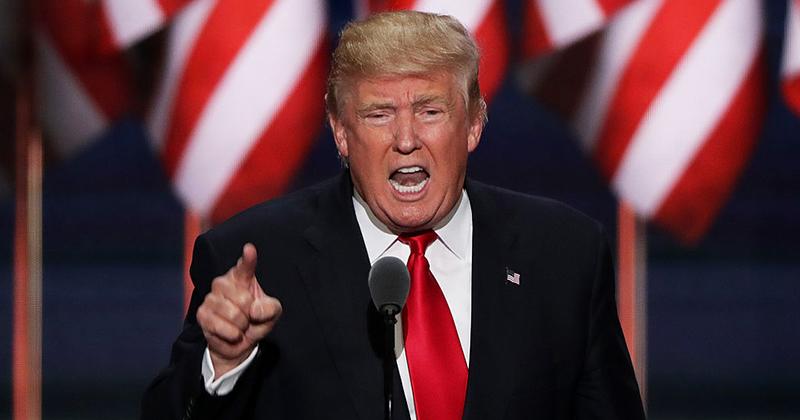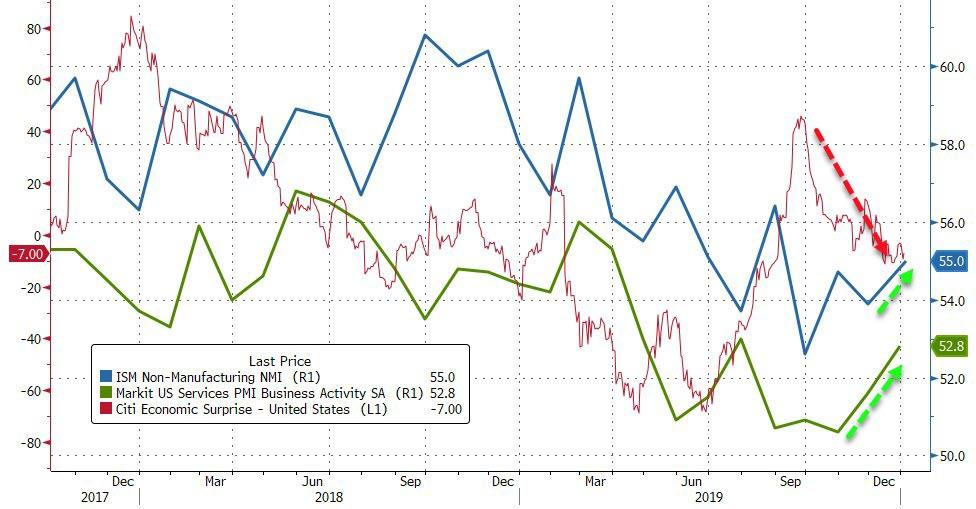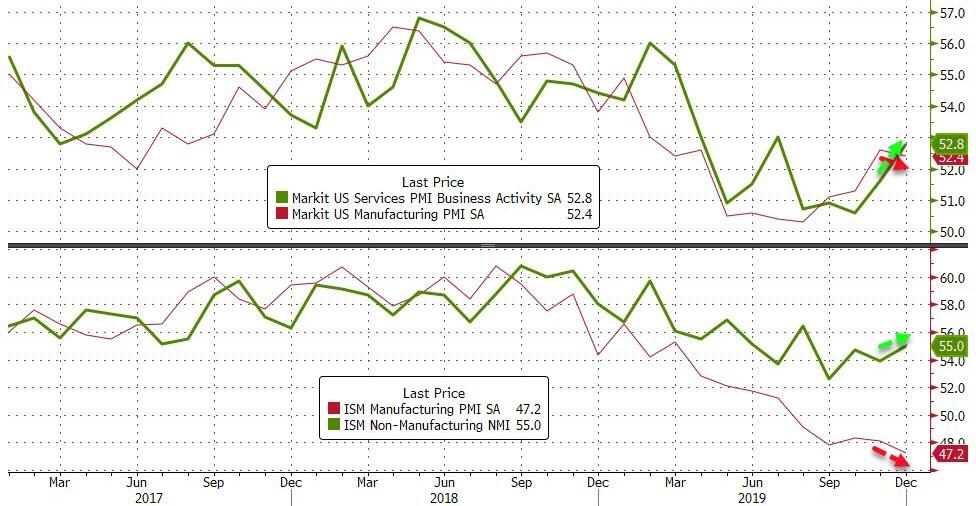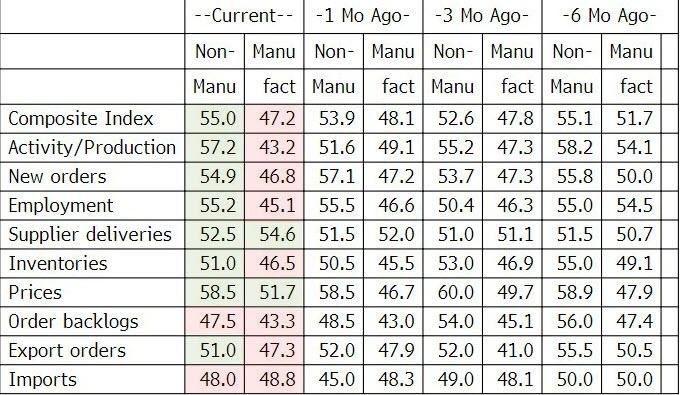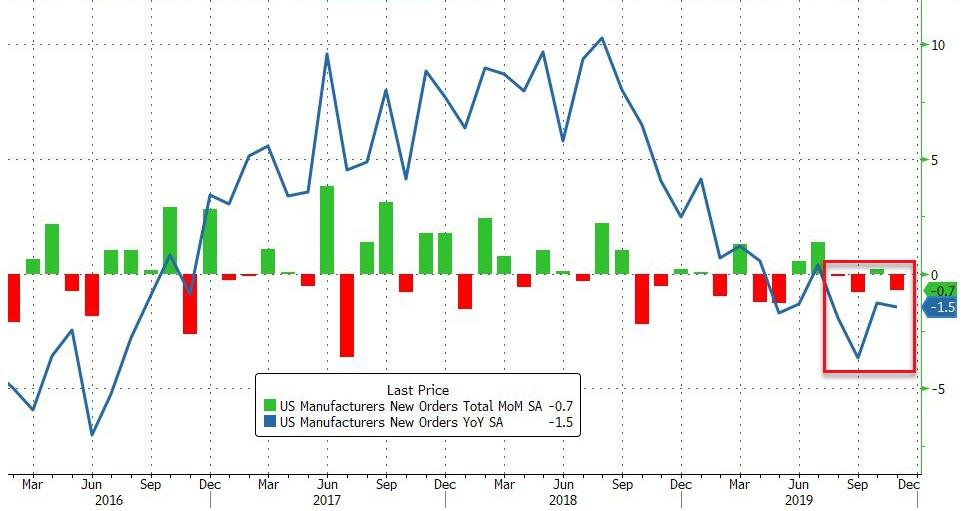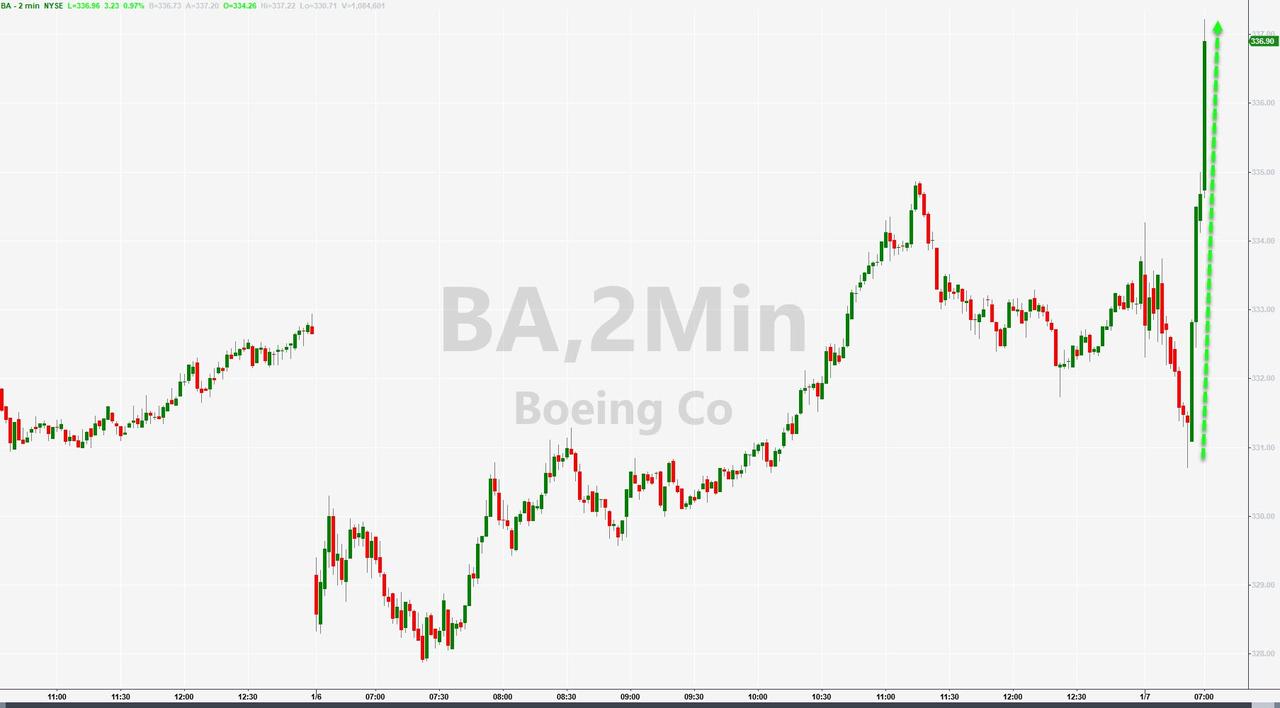Power Plants Shut Down As Earthquakes Pummel Puerto Rico; At Least 1 Killed
Puerto Rico just can’t catch a break.
After a series of earthquakes have rattled the island over the past two weeks, a series of even more powerful quakes and aftershocks have followed on Tuesday. The spate of quakes included a magnitude 6.4 quake which occurred at 8:24 UTC (4:24 am local time), according to the US Geological Survey. The Pacific Tsunami Warning Center measured the earthquake at magnitude 6.6.
The damage from that quake, the largest in a string of earthquakes that have hit the US territory since late last year, has left one dead, eight wounded and prompted power plants in the US commonwealth to be taken offline.
For some, the destruction probably dredged up memories of Hurricane Maria, which left the island in shambles in 2017, and caused hundreds of deaths.
Though the island’s power authority expects power to be turned back on later in the day, provided that “no other issues materialize,”
Fortunately, Tuesday’s earthquake isn’t expected to cause a tsunami.
According to the New York Times, the series of tremors started with three medium-strength quakes during the night of Dec. 28 and 29.
As emergency services and hospitals switch to back-up generators in the meantime, Puerto Rico’s governor Wanda Vazquez Garced tweeted to the people of the island to remain calm and safe. Public employees were excused from work on Tuesday unless they worked for as first responders.
Queremos que todos estén seguros. Es por esto que se suspenden los trabajos en el sector público por el día de hoy, para que puedan estar con sus familia, implantando sus planes de emergencia. (1/2)
— Wanda Vázquez Garced (@wandavazquezg) January 7, 2020
Los componentes de seguridad de todas las agencias gubernamentales están activados. Favor mantenerse informados con los boletines oficiales. (2/2) @NMEADpr @AEEONLINE @ACUEDUCTOSPR @DSPnoticias
— Wanda Vázquez Garced (@wandavazquezg) January 7, 2020
La suspensión de labores por el día de hoy en el sector público no incluye a los empleados públicos de primera respuesta. Todos ellos se reportan a sus áreas como de costumbre.
— Wanda Vázquez Garced (@wandavazquezg) January 7, 2020
Classes at local public schools, which were scheduled to resume on Tuesday after a holiday break, were instead pushed back until after Jan. 13, giving inspectors time to check buildings for damage.
While reports suggested few were harmed, images flooding on social media appeared to show collapsed buildings and mounds of debris.
Destructions of what the 6.6 earthquake brought to the south of Puerto Rico. we are scared. pic.twitter.com/e9H0wbSIpo
— rob 🎄 (@rosesweave) January 7, 2020
The New York Times, which has reporters on the ground, talked to some locals who described watching their homes, which have not yet been fully repaired from damages sustained during Hurricane Maria, be leveled by earthquakes.
Among them was Mr. Rodríguez’s house in the Esperanza neighborhood of Guánica, where some of the most serious damage was reported, including five collapsed houses. Now, in addition to the tarp he has had since Maria, Mr. Rodríguez’s house has huge cracks running up and down his green interior walls.
“It cracked open everywhere inside,” said Mr. Rodríguez, 83, a retired bus driver.
The quakes on Monday and Tuesday were so powerful, that the arch on one of the island’s most popular rock formations, known as Punta Ventana, was destroyed.
[GUAYANILLA] Desaparece la ventana natural en Punta Ventana, Guayanilla. pic.twitter.com/IN0LI7XuKK
— UPRM Meteorological Laboratory (@UPRMetLab) January 6, 2020
Banco Popular announced that its branches would remain closed on Tuesday, while ATMs will work “as long as there is electricity.”
Banco Popular announced its bank branches throughout Puerto Rico will remain closed today. ATMs will work as long as there is electricity. 👇🏻👇🏻👇🏻 @popular pic.twitter.com/V8FgUsVNY2
— News is my Business (@newsismybusines) January 7, 2020
As Puerto Ricans pray for the quakes to pass, it looks like the island just can’t catch a break from natural disasters, even after hurricane season has come and gone…
Tyler Durden
Tue, 01/07/2020 – 10:39
via ZeroHedge News https://ift.tt/35tuWOL Tyler Durden
